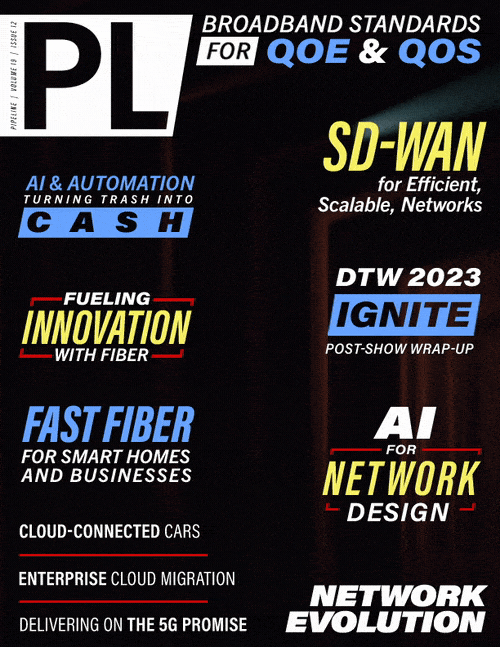Upleveling Mobile Device Processing with AI
By: Brandon Johnson
 In today’s challenging and often unpredictable economic landscape, enterprises across all industries are under increasing pressure to streamline and rationalize operations. A shortage of labor and
economic challenges have led businesses to seek new and innovative ways to make their processes more efficient. In fact, for the majority of organizations, remaining competitive will likely depend
on their ability to strategically automate where possible.
In today’s challenging and often unpredictable economic landscape, enterprises across all industries are under increasing pressure to streamline and rationalize operations. A shortage of labor and
economic challenges have led businesses to seek new and innovative ways to make their processes more efficient. In fact, for the majority of organizations, remaining competitive will likely depend
on their ability to strategically automate where possible.
A good example of this can be found in the mobile device refurbishment and repair sector. The market for secondary devices is experiencing tremendous growth. Analyst firm IDC estimates that shipments of used and refurbished smartphones will increase from $283 million in 2022 to $413 million in 2026, largely due to the popularity of smartphone trade-in programs.
Managing all these used devices from the point of trade-in to being refurbished and repurposed is a complex operation: devices enter the processing warehouse facility shipped in boxes that need to be opened, and then the devices must be extracted and sorted by make and model. Devices go through cosmetic grading, refurbishment or repair if needed, software loads, dozens of functional and connectivity tests, quality control, kitting (packaging for resale), and then shipping to buyers and new owners. Those that fail the tests or are deemed to have reached the end of life stage are sent for recycling.
Innovative organizations operating in this market are actively investing in automation and robotics, while leveraging artificial intelligence(AI) and machine learning (ML) to improve device cosmetic grading, device diagnostics, and repair. Not only are these advancements speeding up mobile device processing times, but they are also improving accuracy in grading—something that is very important to buyers of repurposed phones.
For instance, in the case of cosmetic grading, the traditional manual approach to this task takes between 30 and 45 seconds per device—valuable time lost when you consider the thousands of devices that need to be processed daily. An automated grading system on the other hand amounts to three to five seconds per device—accelerating the process of preparing them for resale and maximizing customers’ profits as a result.
Relatedly, it is vital that the combination of software and hardware solutions work seamlessly when creating an automated testing and grading solution. Both are crucial to improving processing
times and grading accuracy.
The key to ensuring trade-in value retention
These time-savings are critical in the secondary device market, where the value of used devices can depreciate relatively quickly. According to industry research, devices depreciate at an average of 1% per week, subject to seasonal cycles. Shortening the time it takes to grade, recondition and resell a used device into new markets is key to protecting its residual value. For operators, OEMs, and retailers offering trade-in services, maximizing device value is critical; it ensures they can offer consumers the best possible price for their device at trade-in, and also drive revenues when re-selling these devices into secondary device markets.
Modularity in end-to-end device processing
When it comes to preparing pre-owned devices to be sold into the secondary market, there are a number of steps that are a critical part of the process: wiping any previously stored user data, checks to ensure the working state of existing components such as screens, Wi-Fi, camera, backlight function, and so on, and the replacement of said components when they are faulty. Add to that the specific requirements of each device trade-in program, which often differ, and the complexity of the process becomes even greater. Modularity is a key advantage to providing the flexibility needed to tailor automated processes to meet varying business needs at scale, and drive cost and production efficiencies.
When applied to the repurposing of mobile devices, a modular design offers flexibility in choosing to configure device processing in the most suitable order—for example, performing data erasure before cosmetic evaluation. This approach allows organizations to support the end-to-end processing of devices, while built-in




















